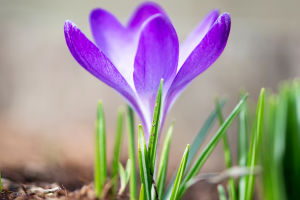Hey Lykkers, you've gotta love the Calamondin Tree! Its fruit is like a mix of a mandarin and a kumquat, creating this awesome "mini-orange" that's super tasty. And the best part? You can grow it in a container or as a hedge.
And there's more! The Calamondin Tree not only smells amazing but also produces lots of blossoms and fruit all year round.
The fruit itself is like a little sunshine - about the size of a lime or tangerine, with super thin skin that makes it extra tender. And taste-wise, it's just right - a bit tangy, perfect for making marmalades, juices, and adding flavor to your cooking or baking.
Pollination Info
Calamondin Trees are self-fertile, so you will get fruit with just one plant. However, adding an additional Calamondin Tree will drastically increase the size of your crop.
Planting & Care
1. Location: Choose a spot where your tree will get plenty of sunlight, around 6 to 8 hours per day. Ensure the area has well-drained soil.
2. Container Planting:
Pot Selection: Choose a pot slightly larger than the shipped container, with plenty of holes in the bottom for drainage.
Soil: Use well-draining potting soil, preferably one recommended for acid-loving citrus plants.
3. Planting Steps:
- Fill your pot halfway with soil.
- Remove the tree from its original pot and gently place it in the potting soil.
- Fill in around the tree with the remainder of the potting soil, leaving about an inch from the soil surface to the rim of the pot for easy watering.
- Immediately after planting, give your tree a deep watering until water flows from the holes in the bottom of the pot.
4. Placement: Place your tree in an area of your home, preferably a south-facing window, where it will get plenty of sunlight.
5. Fertilizing: Feed your Calamondin during the warmer spring and summer seasons with a citrus-specific fertilizer, once every six weeks. During the fall and winter, fertilize once every 2 to 3 months.
CALAMONDIN Information and Growing Tips! (Citrus × microcarpa)
Video by Terra Mater Gardens
FAQs
FAQs about Calamondin Oranges
Are Calamondin Oranges edible?
Yes, Calamondin Oranges are edible and have a sour, tangy taste.
Is Calamondin a kumquat?
A Calamondin is a cross between a kumquat and a mandarin, so in a way, a Calamondin is a type of kumquat.
How fast does a Calamondin Orange Tree grow?
Calamondins are moderate growers. In ideal conditions, they grow around a couple of feet per year.
Dear Lykkers, want to know the recipe for it? Then let's see you next time!


